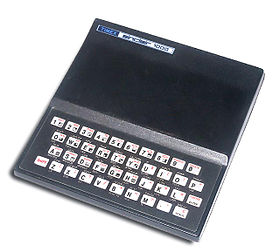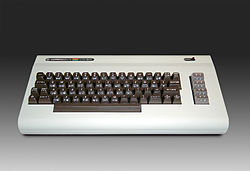The Disk Drive
I remembered when I got my first computer. It was a Timex Sinclair.

Yes, the watch company and they made a computer. It had about 2k of RAM with a flimsy cellular buttoned keyboard. It had no hard drive or floppy disks, but it had a cassette tape player as the storage device. That’s right, the good old cassette tape. I bought a game on cassette tape with the computer back in the 80s and it took about 15 minutes to load the game. It was painful, but worth it.
From there, I got a Commodore Vic20 with a 5.25” floppy drive. Wow, this was fast! From cassette to floppy disk seems like years ahead. I even used a hole-puncher to notch the side of the disk so I can use the flip side of the floppy. We didn’t have that many choices back then. Most games and applications loaded and ran right off of removable media.
I remember when hard drives first came out. It was very expensive and out of reach of the masses. A few years later, I saved up enough money to buy a 200MB hard drive by Western Digital. I paid $400 for that hard drive. It was worth every penny.
Since then, I was always impressed by how manufacturers were able to get more density on each disk every 6 months. Now with 3TB drives coming out soon, it never ceases to amaze me.
It is interesting how storage is going in 2 directions, Solid State Disk (SSD) and Magnetic Hard Disk (HD). If SSD is the next generation, then what does that mean for the HD? Will the HD disappear? Not for a while… This is because there are 2 factors: Cost and Application.
At the present time, a 120GB SSD is about the same cost as a 1TB drive. So it makes sense to go with a 1TB drive. Although this may be true from a capacity standpoint, the Application ultimately dictates what drive(s) are used to store the data. For example, although a 1TB drive may be able to store video for a video editor, the drive may be too slow for data to be processed. Same goes with databases where response time and latency is critical to the application.
Capacity simply will not cut it. This is when using multiple disks in a RAID (Redundant Array of Independent Disks) set will provide performance as well as capacity. SSDs can also be used because the access and response time of these drives are inherently faster.
As long as there is a price to capacity gap, the HD will be around during that time. So architecting storage today is a complex art for this dynamic world of applications.
I hope to use this blog as a forum to shed light on storage and where the industry is going.












Leave a Reply